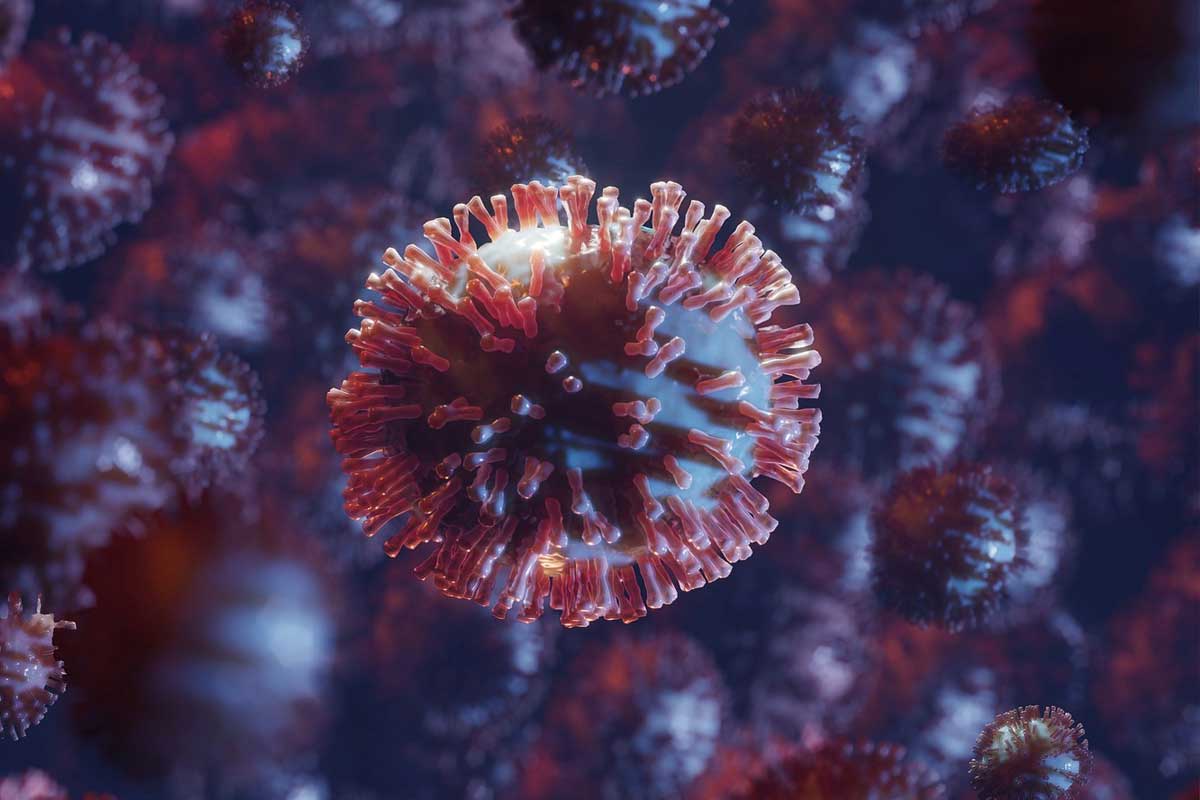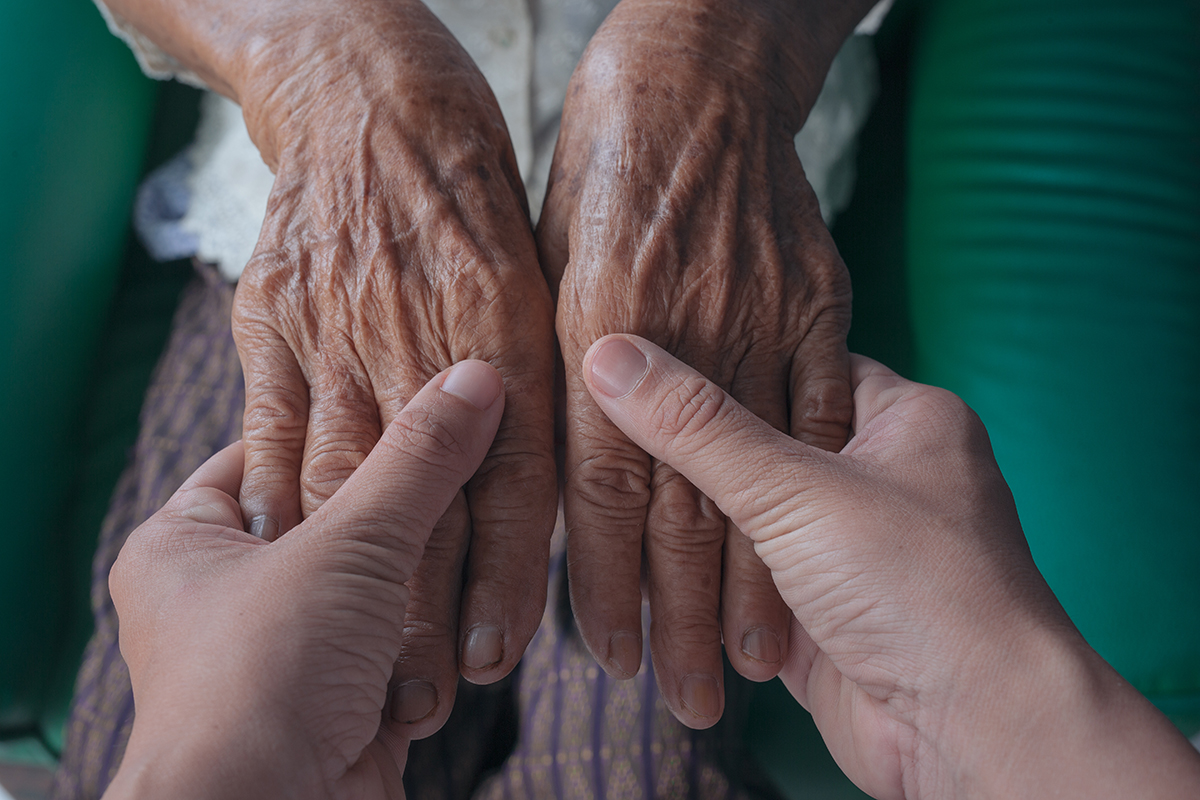Search
The variety of hair colours that we find among humans is due to mutations in some of our genes.
Snails and slugs come out when it rains because they need a high degree of humidity to carry out some important physiological activities.
The microbiota is a population of microorganisms living in a very specific environment; we can find many microorganisms in every human environment. Answered by Àngela Vidal, researcher at the group of Biotechnology and Synthetic Biology of I2SysBio.
When a body descends in air or another fluid, what determines its acceleration is the gravitational force minus the friction, not its mass.
Fractals are mathematical structures that come from a very simple equation, but have a little twist that makes them slightly more complicated, generating «self-similar» structures.
The scientific community agrees that viruses are not alive. However, the idea sparks some debate because it depends on how we define life.
Ageing occurs because we divest energy from ourselves and into reproduction, so we have less available to survive.
If the disease is defeated, immunity is more comprehensive, but less potent. It is therefore recommended that at least one dose of the vaccine be administered to people who have had the disease.
Human eyes cannot perceive colours at night because cones, responsible for colour perception, are only activated under intense light conditions.
One of the factors is a warming of 2 °C, in recent decades, in the surface temperature of the Mediterranean. Answered by María José Estrela, full professor of Physical Geography at the UV.
Maria Garcés-Sánchez, specialist in paediatrics and researcher in the Vaccines Area at FISABIO, explains why vaccinating children against COVID-19 is not a priority at the moment.
The vaccine protects us against severe forms of COVID-19, but does it prevent us from catching it or infecting others?
In space, there is not a medium to transmit sound, so the battles going on in space would not be heard.
The new coronavirus strain identified in the United Kingdom presents different mutations. Alma Bracho, FISABIO researcher, explains.
Any vibrating object produces sound. Chantal Ferrer, director of the Department of Applied Physics of the University of Valencia, explains.
The most effective type of mask depends on what you want to use it for. We have three types: self-filtering masks, surgical masks, and hygienic masks.
Everything we learn is stored in the brain with connections between neurons, which we call «neural plasticity». It is most pronounced in childhood and gradually decreases with age.
Answered by Anabel Forte, professor of Statistics and Operations Research at the University of Valencia, explains why it is so difficult to make reliable predictions about the pandemic.
Anabel Forte, professor of Statistics and Operations Research at the University of Valencia, analyses the discrepancy in COVID-19 data in Spain.
Essentially there is no supplement that can prevent the coronavirus, but many patients who have suffered from the coronavirus have vitamin D deficiency.
The virus has spread again in the different populations because we have lowered our protective measures, when we should have maintained them for a much longer period.
The structural integrity of an airplane's windows and doors is not a minor issue, because there is a large difference in pressure and temperature between the interior and exterior of the aircraft.
Colourblind people see colours differently because they do not have all the necessary information from the L, M and S cones. A simile would be to try to obtain different paint colours by mixing only two primary colours: we would never be able to obtain the full range of existing colours.
In the early 1990s, a group of English doctors set out to study whether the perception that ears and noses grow over time was true. Àngels Royo explains the results of this research project.
























